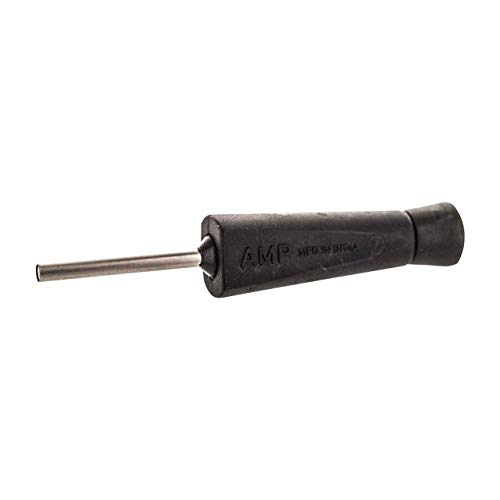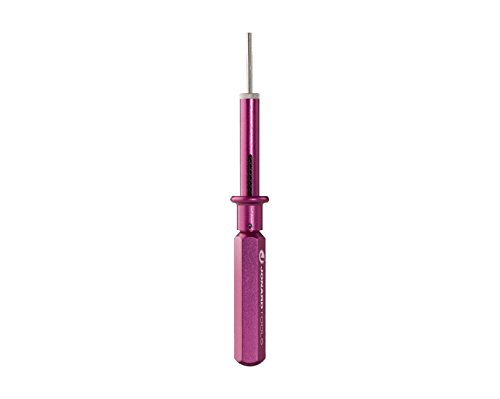Just be aware that exposing wood fibers to some of the acids used in refining can create a fire hazard at the minimum.
-
Please join our new sister site dedicated to discussion of gold, silver, platinum, copper and palladium bar, coin, jewelry collecting/investing/storing/selling/buying. It would be greatly appreciated if you joined and help add a few new topics for new people to engage in.
Bullion.Forum
You are using an out of date browser. It may not display this or other websites correctly.
You should upgrade or use an alternative browser.
You should upgrade or use an alternative browser.
A gallery of home built hoods and fume scrubbers _hood_
- Thread starter 4metals
- Start date

Help Support Gold Refining Forum:
This site may earn a commission from merchant affiliate
links, including eBay, Amazon, and others.
Oh alright, will bear that. Ive to replace a shelf on this anyways as its wood is torn exposing the underlying fibers as mentioned. Also Ive to cover it with an epoxy paint I guess Ill give it a white one.Just be aware that exposing wood fibers to some of the acids used in refining can create a fire hazard at the minimum.
But the main concern is the scrubbing setup and Im kind of trying to figure that out atm.
I have decided to let go of the scrubber as it doesn't seem to be a viable option here if someone has a better suggestion kindly redirect me there. Im planning on using and installing an exhaust fan directly and draw a PVC shaft from the cabinet to near the pipes then install a blower under the PVC pipe
View attachment VID20240922174514.mp4
and extend the opening straight atop. I still am confused about the fan and/or blower needed in this setup.
If anyone thinks a scrubber can be easily setup here, kindly enlighten me with the knowledge. This video is all the working space I really have.
View attachment VID20240922174514.mp4
and extend the opening straight atop. I still am confused about the fan and/or blower needed in this setup.
If anyone thinks a scrubber can be easily setup here, kindly enlighten me with the knowledge. This video is all the working space I really have.
Attachments
Martijn
Well-known member
Slow reactions in large beakers filled to max. one third to leave room for the vapors (NO2, HCl) to condense back on the wall and watch glass to reuse the acid and your fume hood fan will dilute and disperse the few vapors that do will be escape below emission levels in terms of grams per kubic meter of expelled air.if someone has a better suggestion kindly redirect me there.
Martijn
Well-known member
If you use a venturi to suck air from the hood, it does not matter which kind of fan you use. As long as the output is good enough to make it work.I still am confused about the fan and/or blower needed in this setup.
Test the flow at the opening of the fume hood with the smoke of an incence stick.
A venturi basically means creating a conical restriction at the point where the fume hood air comes in.
Attachments
Thanks for the response,Slow reactions in large beakers filled to max. one third to leave room for the vapors (NO2, HCl) to condense back on the wall and watch glass to reuse the acid and your fume hood fan will dilute and disperse the few vapors that do will be escape below emission levels in terms of grams per kubic meter of expelled air.
All my procedures are carried out with a watch glass, barely do I remember doing any without it.. I have seen some fume emissions but if they can be controlled by so much then I think as you have mentioned it ahould be okay.
On the other hand I redrew the diagram based on what I understood so please do correct me if wrong again. Also would I really need a blower here or another simple fan would do the trick too?If you use a venturi to suck air from the hood, it does not matter which kind of fan you use. As long as the output is good enough to make it work.
Test the flow at the opening of the fume hood with the smoke of an incence stick.
A venturi basically means creating a conical restriction at the point where the fume hood air comes in.
Attachments

$15.07
$30.00
Refining Expertise: How Responsible Engineers Subvert Environmental Justice Challenges
Kuhns Corner Books

$84.83
$171.00
Catalysis in the Refining of Fischer-Tropsch Syncrude (Catalysis Series, Volume 4)
Basi6 International
I'd do it the opposite way.Thanks for the response,
All my procedures are carried out with a watch glass, barely do I remember doing any without it.. I have seen some fume emissions but if they can be controlled by so much then I think as you have mentioned it ahould be okay.
On the other hand I redrew the diagram based on what I understood so please do correct me if wrong again. Also would I really need a blower here or another simple fan would do the trick too?
Let the blower blow through the venturi and then let the suction in from the side.
Like this?I'd do it the opposite way.
Let the blower blow through the venturi and then let the suction in from the side.
Attachments
Oh OK. Well here's the issue, if you notice I don't have an opening from the top, rather from the side in the video I have shared. And at this point in time, I'm trying to figure out the best possibility of fume extraction from the hood itself...
Does not matter as the fan should be ate the end and blow as straight as possible through the venturi.Oh OK. Well here's the issue, if you notice I don't have an opening from the top, rather from the side in the video I have shared. And at this point in time, I'm trying to figure out the best possibility of fume extraction from the hood itself...
The fan is the circle at the start of the straight pipe.Ah, that pretty much clears stuff up. So I have final questions hopefully. The fan you're recommending is at point A or B? Also is there any specific CFM or blade speed requirement for either the blower or the exhaust fan?
That's it? NO exhaust fan to assist the extraction? I'll really have to figure out the placement of the fan though. Kind of tough with what I have in hand. It also means I'll need to have a really strong blower then right? What are the minimum specifications of the fan I should be looking at?Like this:
View attachment 65027
I used one from these inflatable bouncing castles.That's it? NO exhaust fan to assist the extraction? I'll really have to figure out the placement of the fan though. Kind of tough with what I have in hand. It also means I'll need to have a really strong blower then right? What are the minimum specifications of the fan I should be looking at?
Of course the airflow can't be to restricted as the efficiency drops fast.
Any inline fan downstream will eventually die.
Edit for precision in language
Last edited:
Just checked, these jumping castle blowers are quite pricey and I'm way too tight on my budget for that. Don't you think a restroom exhaust be enough for the space I have? But that would eliminate the entire venturi setup.I used one from these jumping castles.
Well, they will work for a few months, maybe....Just checked, these jumping castle blowers are quite pricey and I'm way too tight on my budget for that. Don't you think a restroom exhaust be enough for the space I have? But that would eliminate the entire venturi setup.
You have to have a fan powerful enough to compress the airflow through the taper because the air that expands back to its original volume is what draws the air from the hood. So keeping the resistance as small as possible for that flow of air out of the hood into the duct is critical and a strong fan is needed to compress that air. I do not think a bathroom fan will suffice.










































